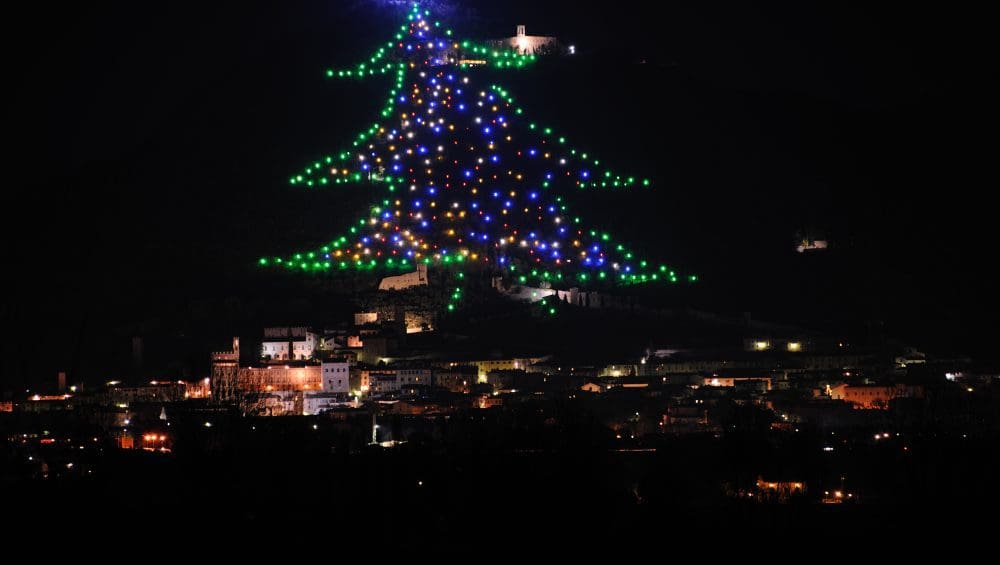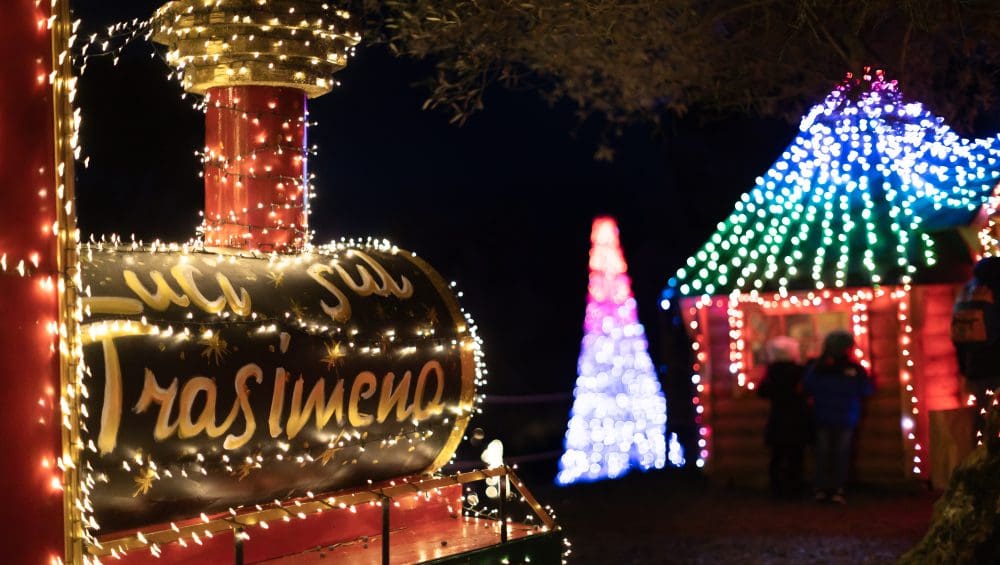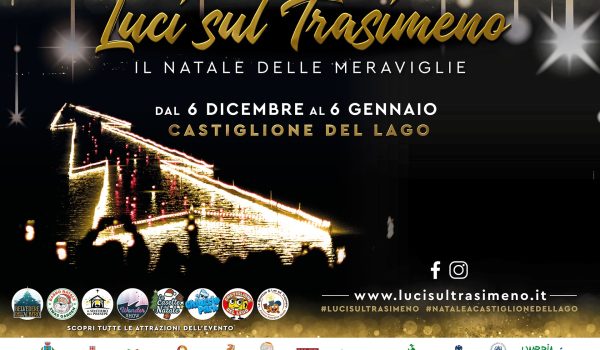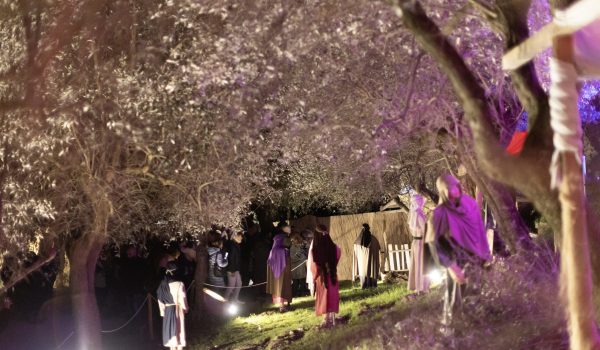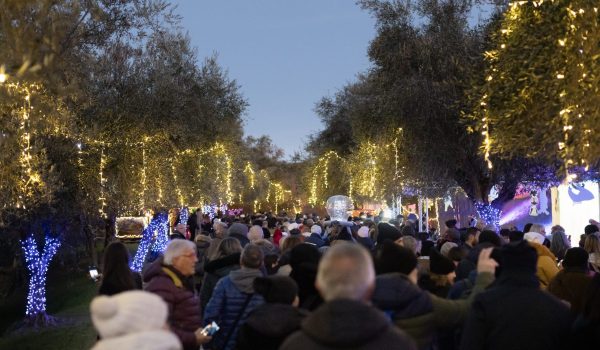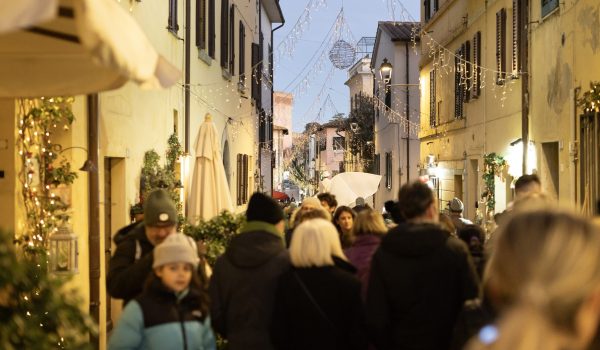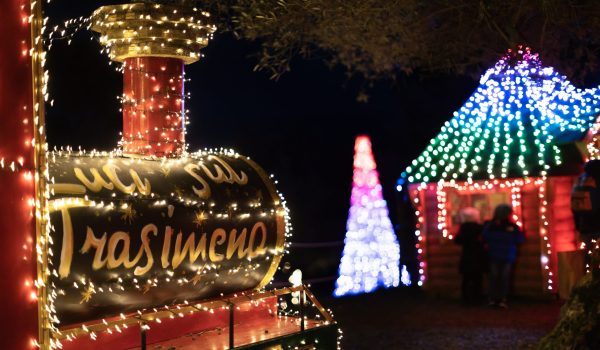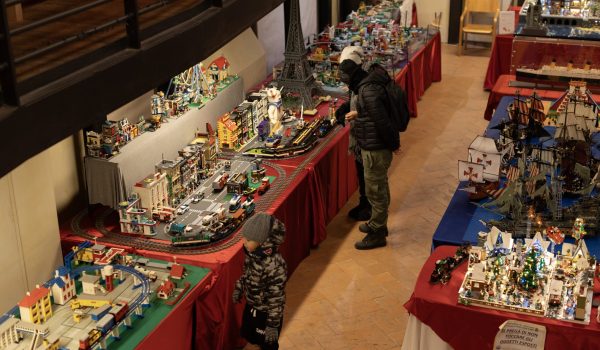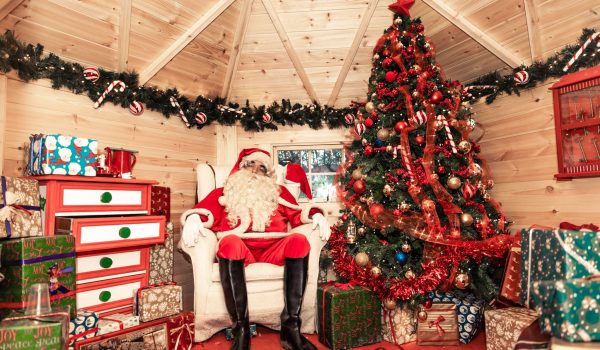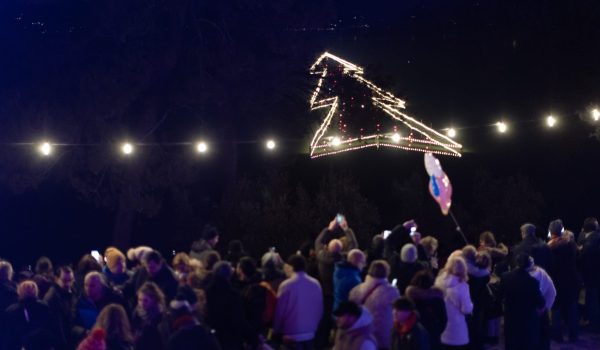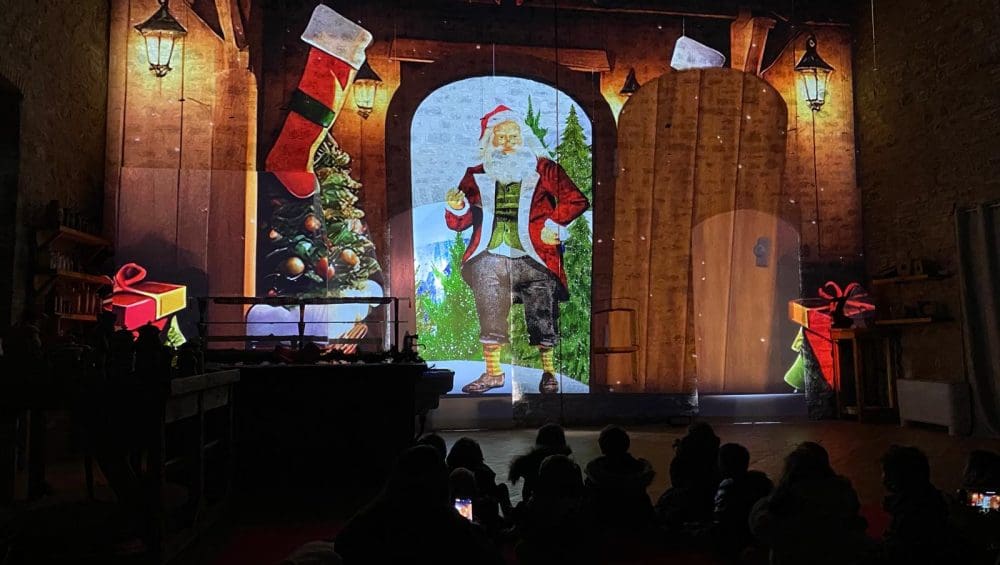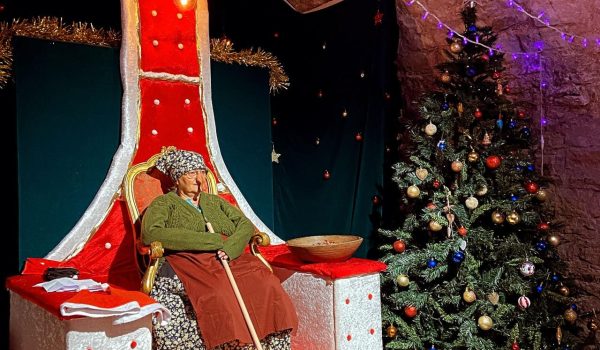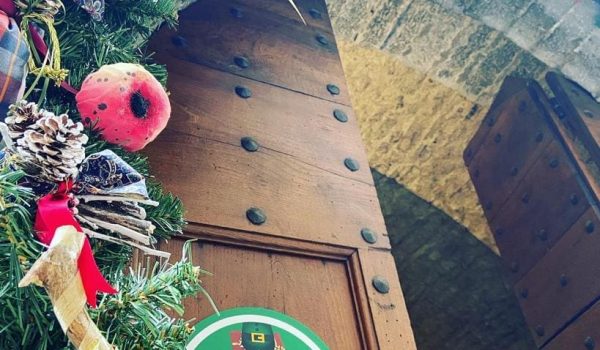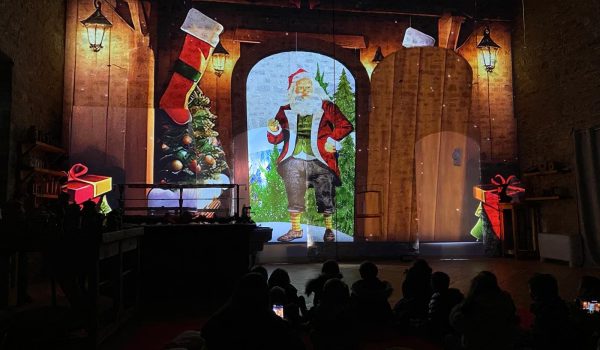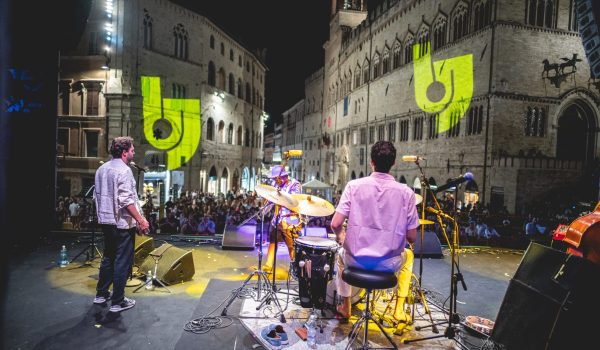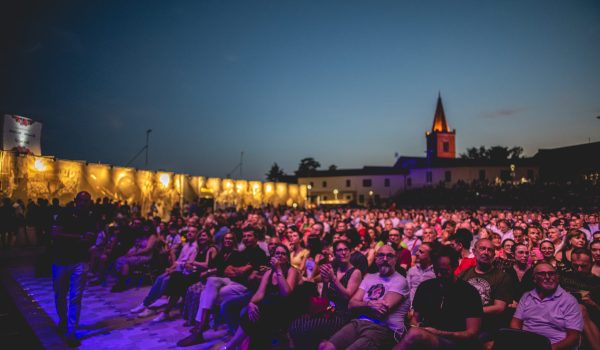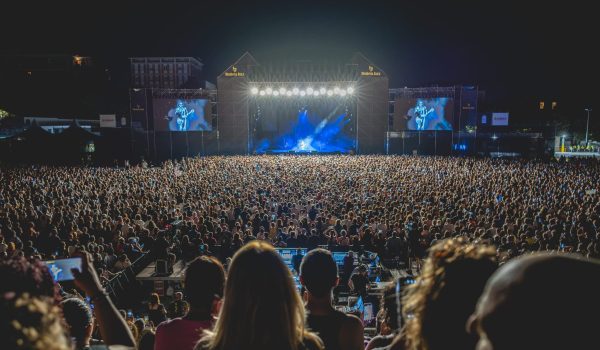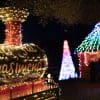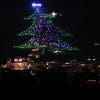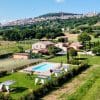The Largest Tree in the World in Gubbio
Officially, the date of birth of the project and the construction of the tree that lies on the gentle slopes of Monte Igino in Gubbio dates back to 1891, receiving in 1991 the Guinness Book of Records as the largest Christmas tree in the world.
Today, as per the thirty-year tradition, the largest tree in the world of Gubbio is lit at the beginning of December and turned off on the second Sunday of January.
It is certainly among the most impactful Christmas attractions not only for Umbria, arriving to welcome visitors who flock to admire the largest tree in the world from all over Italy and abroad.
Located along the slopes of Monte Igino, it is made up of about 800 lights powered by renewable sources and therefore not only a project with a great tourist impact but also an eco-sustainable one.
The Tree of Gubbio is 450 meters wide and 750 high and measures 13,000 square meters, reaching the Basilica of Sant’Ubaldo on the top of the mountain.
Gubbio’s Christmas
The Committee which since 1992 (the year of its legal foundation) has been involved in the creation of the Tree and in a certain sense also in the tourist promotion of the city of Gubbio at Christmas, is dedicated, and takes its name, to Mario Santini, the creator of the project. Every year the Tree is lit by important personalities such as that of Pope Francis but also by important “places” such as in 2017 lit by Paolo Nespoli directly from the Space.
Gubbio and the Magic of Christmas can be accessed not only with the lights of the largest tree in the world, with its charm, its majesty, attracting the curiosity of the little ones and the wonder of the grown-ups, but it is adorned with the Christmas atmosphere also thanks to the Christmas Land initiative with markets, the tour on Santa’s train, Santa’s Village and many themed initiatives.


